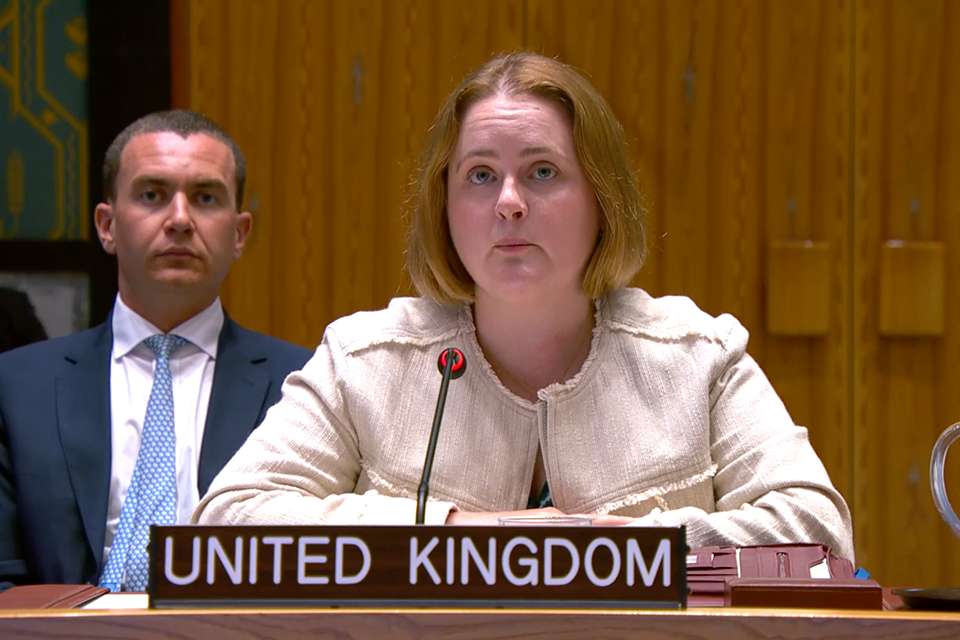August’s full moon will coincide with the arrival of the annual Perseids meteor shower, offering a rare chance to witness the two celestial spectacles alongside each other.
The full moon, known as the Sturgeon Moon, will rise just after 9pm BST on Saturday, 9 August, with the Perseids reaching their peak on the night of 12-13 August.
Astronomers consider the Perseids meteor shower to be the best of the year, producing a dazzling display of ‘shooting stars’.
“With swift and bright meteors, Perseids frequently leave long ‘wakes’ of light and colour behind them as they streak through the Earth’s atmosphere,” Nasa’s Monika Luabeya noted in a blog post.
“The Perseids are one of the most plentiful showers with about 50 to 100 meteors seen per hour.”

The meteors will emanate from an area of the night sky where the constellation Perseus is situated, which will be visible in the north east.
Smartphone astronomy apps are the best way for casual observers to locate the point of origin, known as the radiant.
The waning full moon during the Perseids peak on Tuesday night means viewing conditions will not be ideal, as the light from the Moon will wash out some of the duller meteors.
The Moon will be 84 per cent full on the peak night, with the pre-dawn hours offering the best time to see bright meteors.
The latest forecast from the UK Met Office suggests there will be clear skies throughout most of the country on Saturday night, providing a great opportunity to see the full moon.
Tuesday is currently forecast to be partially cloudy across northern parts of the UK and Ireland, with England and Wales predicted to be the best place to the Perseids meteor shower.
Astronomers recommend finding a place with minimal light pollution and allowing up to 30 minutes for eyes to adjust to the darkness.




